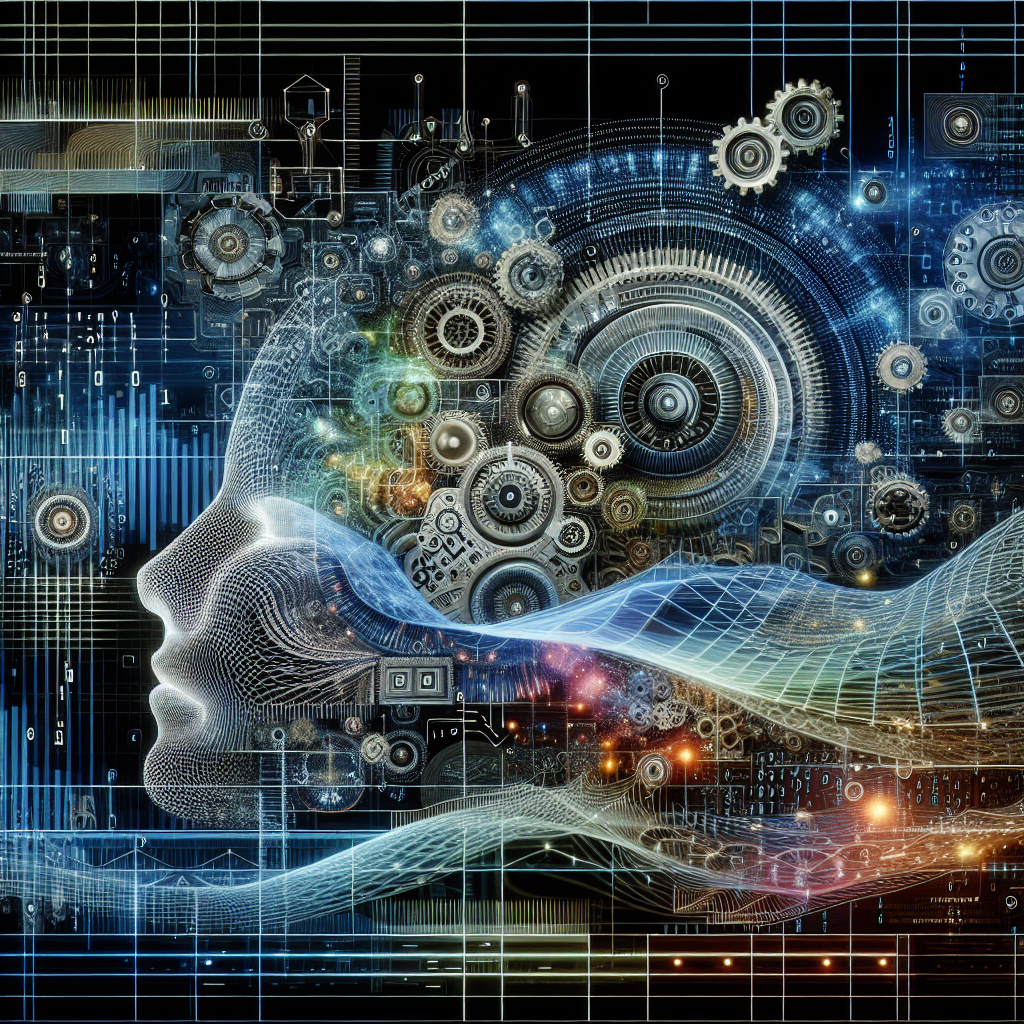Major AI Upgrades: A Deep Dive into the Latest Trends
The world of artificial intelligence is constantly evolving, and recent upgrades across various platforms are a testament to this rapid progression. From image generation to enhanced interaction capabilities, these updates promise to redefine how users engage with AI. Here, we’ll explore 10 of the most significant advancements in AI technology, analyzing their implications and use cases.
1. ChatGPT: The New Image Generation Model
One of the standout upgrades comes from ChatGPT, which has introduced a groundbreaking image generation model. This enhancement marks a significant leap from its predecessor, DALL-E 3, offering capabilities that are not just photorealistic but exhibit remarkable precision in text representation.
Imagine taking a simple photo, like a pair of Meta Ray-Ban sunglasses, and transforming it into a compelling Instagram ad. With just a few prompts, the model not only generates relevant images but also integrates brand elements seamlessly, like logos. The potential for marketers and content creators is limitless. This innovation opens the doors for rapid content generation, allowing for campaigns that are visually striking and contextually relevant, all in real-time.
2. Sora’s Image to Video Transition
Next up is Sora, which has added the functionality to generate images and transform them into videos. While the image generation is comparably strong to ChatGPT’s offerings, the video conversion leaves much to be desired. Users attempting to transition images into video clips may find the results less than satisfactory. The lesson here? While new features can be exciting, their execution can vary greatly between platforms.
Sora's upgrade might not be the go-to choice for creators looking to produce videos from images quickly. However, it does signify a growing trend among AI platforms to integrate multi-modal functionalities, merging visual creativity with dynamic content production.
3. Cling AI: Breathing Life into Still Images
Cling AI is transforming the landscape of visual storytelling with its ability to animate still images. The latest version, Cling 1.6, empowers users to create short films from simple prompts. Picture a tree gently waving in a breeze or a pigeon flapping its wings—all achieved through uncomplicated commands.
This tool holds vast potential for animators and storytellers alike. By merging AI-driven animation with user-generated prompts, Cling AI is fostering a new wave of creative expression. This feature can bring static images to life, making it possible to create engaging content for platforms like YouTube or social media with minimal effort.
4. Notebook LM: Mind Mapping in AI
Google's Notebook LM has also rolled out an enticing update, introducing mind mapping capabilities. Users can now create a visual representation of their knowledge base, exploring interconnected concepts and ideas with ease. This feature is particularly beneficial for students and professionals who regularly engage with complex topics like market research or strategy development.
By facilitating a more interactive way to dissect information, Notebook LM enhances the learning and synthesis process. The mind map feature allows users to dig deeper into specific themes, making it an invaluable resource in an academic or corporate setting.
5. Innovations in Music Generation: Refusion
Moving into the audio realm, Refusion is leading the charge with its innovative approach to music generation. The platform has added exciting features that allow users to remix songs and even swap out vocal tracks with ease. This flexibility enables musicians and producers to explore new sonic landscapes without starting from scratch.
Additionally, Refusion's ability to create music based on the "vibe" of existing tracks is a game changer for those looking to capture a specific emotion or atmosphere in their compositions. The combination of text prompts with dynamic sound generation not only streamlines the creative process but enhances the potential for collaboration among artists.
Exploring Other Notable Upgrades
The upgrades in AI don’t stop at just those mentioned. Clarity in user interfaces and the introduction of search capabilities in Claude make it a solid contender in the AI space, especially for users who rely on updated information.
Meanwhile, Hen's features for generating personalized avatars and user-generated content highlight the trend towards individualized experiences. As AI platforms continue to integrate with social media and content creation, these tools become fundamental to how we communicate online.
The broader implications of these advancements suggest a future where creativity and technology intertwine seamlessly, making content generation more accessible and intuitive. Whether for professional use or personal projects, these tools democratize creativity, allowing anyone with a vision to manifest it effortlessly.
For those looking to stay ahead of the curve, exploring these new features and understanding their capabilities can define your approach to content creation in the coming years. As we continue to tread deeper into this AI-driven world, the only constant will be change—an exhilarating journey for creators, marketers, and users alike.
Explore the latest developments in AI technology
Conclusion: Embrace the AI Revolution
As we witness these upgrades across various AI platforms, the message is clear: embracing innovation is essential. The integration of advanced features not only enhances user experience but also paves the way for a new era of creativity. Whether you're a business owner looking to amplify your marketing efforts, a content creator seeking to streamline production, or simply an AI enthusiast, the tools available today are more powerful and versatile than ever before.
Continued exploration and adaptation will be key to leveraging these advancements effectively. The future is bright for AI, and those who harness these tools will undoubtedly lead the charge into tomorrow's digital landscape.
Related News
- Unleashing the Power of New AI Tools: A Deep Dive into Innovation
- The Thrilling Week in AI: Luma AI, Stable Diffusion 3, and Beyond
- AI in 2024: A Tornado of Innovation Transforming Our Digital Landscape
- AI Innovations: A Deep Dive into Last Week's Game-Changing Developments
- The Exciting Evolution of AI Image and Video Generation: A Deep Dive
